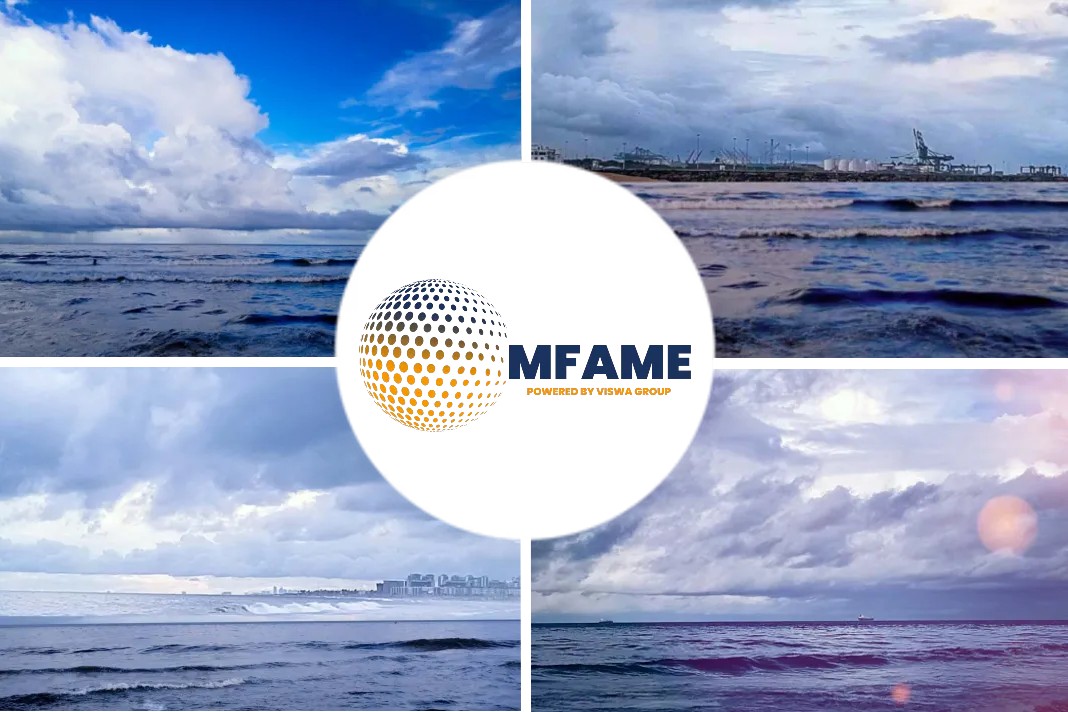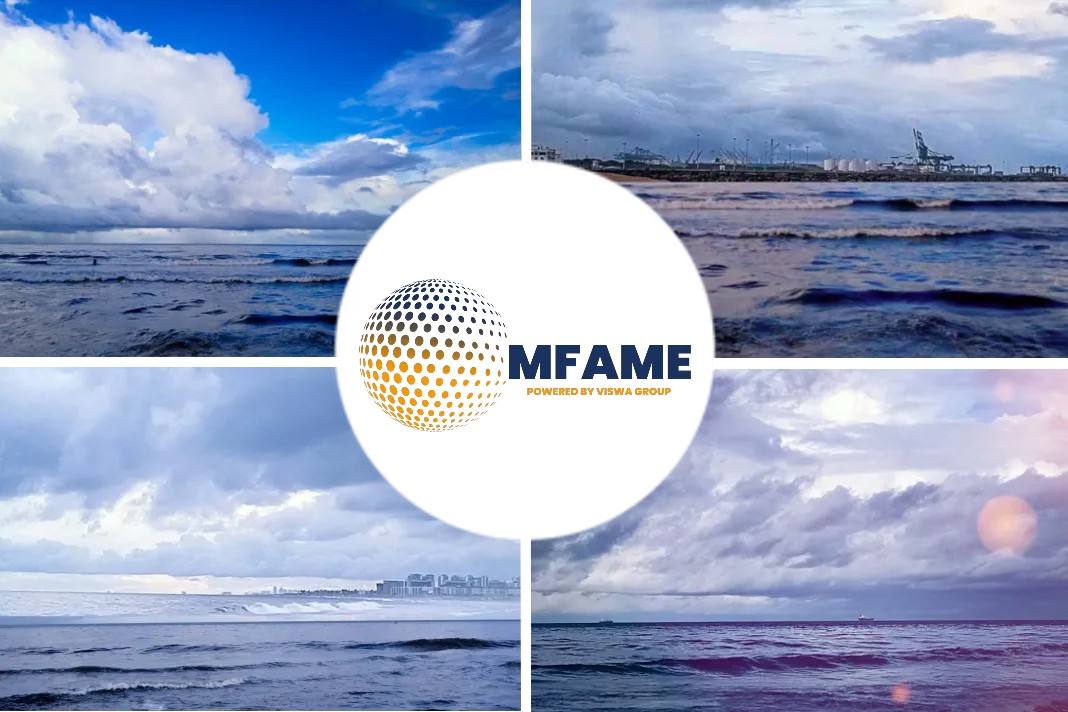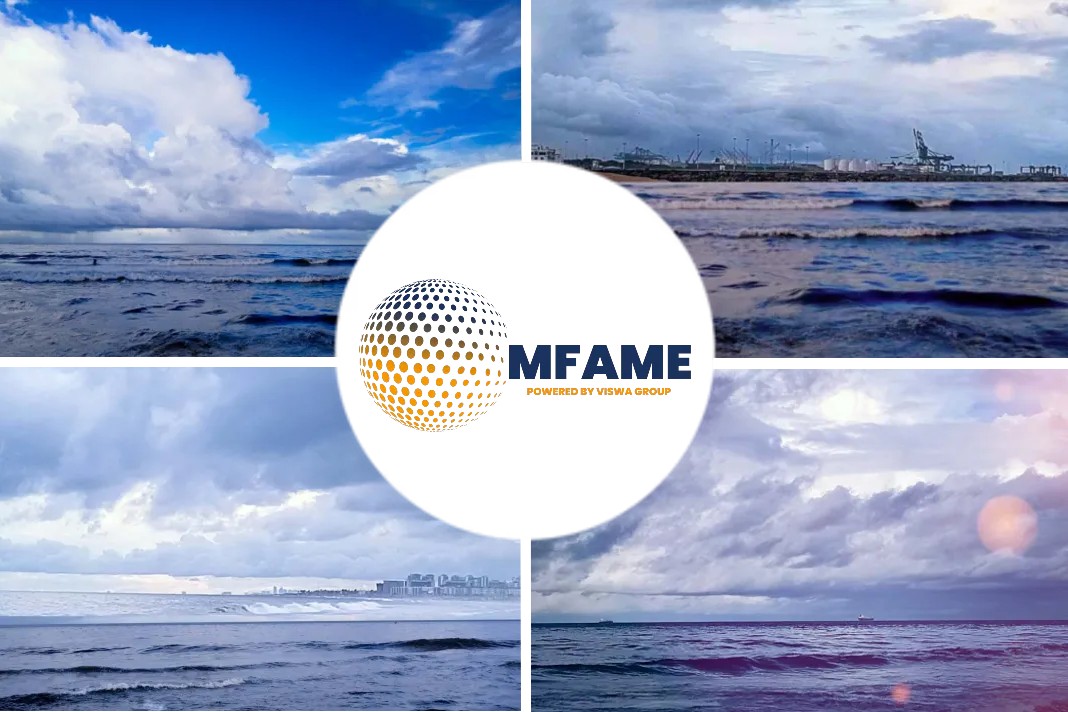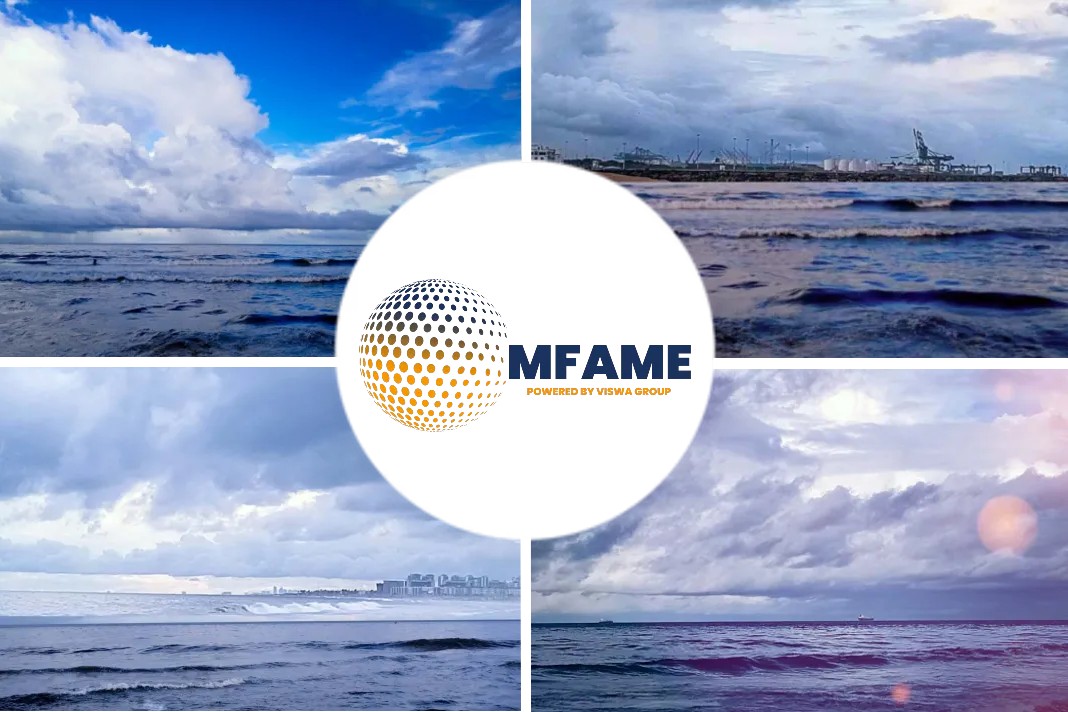The closure of the UK’s main seasonal gas storage facility, Rough, could reduce LNG deliveries to the UK in future summers but increase them in future winters. Abundant local regasification capacity and increasing global supply leaves LNG well placed to compensate for the loss of UK storage flexibility, but an increase in long-term contract volumes would provide a further boost to security.
Meeting winter demand:
UK gas company Centrica announced on 20 June that it would seek to permanently close the Rough storage facility , the country’s largest natural gas storage site and for many years a key provider of flexibility between the lower demand summer and the higher demand winter, when colder weather boosts national gas consumption.
UK reliant on its domestic gas production:
The Rough facility opened in 1985 at a time when the UK was largely reliant on its own domestic gas production. It enabled producers to run their fields at a more constant rate across the year, with excess gas being injected into storage in summer for withdrawal in the winter when demand was higher.
For some two decades Rough was the country’s main source of seasonal flexibility, but the makeup of the market changed with the opening or expansion of facilities during 2005-2009, including the Isle of Grain, Dragon and South Hook LNG terminals, the Langeled pipeline from Norway and the BBL pipeline from the Netherlands, in addition to an expansion of the reverse-flow capacity of the UK-Belgium Interconnector.
Alternate source of supply:
These facilities offer the UK alternative sources of supply that can increase their throughput in coming winters to compensate for the closure of Rough.
The graph below shows UK gas supplies last winter. Most supply came from UK and Norwegian gas production, with the next largest source of supply pipeline imports via the interconnectors from Belgium and the Netherlands. Storage gas, including from Rough, helped meet demand on the coldest days. The call on LNG supplies was relatively limited across the winter, stepping up at the end of the season from March onwards, when there was less competition from other global consumers such as Japan and South Korea. Even in a lower-priced LNG market, British NBP gas prices have rarely been as attractive as those in Asia, the Middle East or in the Americas.
Increase in demand during winter:
Rough storage only provided an average of around 5 million cubic metres/day of supply last winter and a maximum of around 23 mcm/day. Its capacity was already restricted last winter. In earlier years, Rough has been able to supply up to 45 mcm/day of gas, meeting up to 10% of demand that reached around 450 mcm/day on the coldest winter days.
Infrastructure available:
The UK has ample import infrastructure available to replace these volumes. Last winter LNG terminals provided an average of 11 mcm/day of supply and a maximum of 33 mcm/day. National Grid, the British gas network operator, estimates in its 2017 Winter Review and Consultation document that LNG terminals could provide up to 100 mcm/day next winter. What LNG actually flows will, however, depend on how NBP prices compete with other importing countries, and how key supplier Qatar manages its evolving global portfolio.
The UK could also replace its lost storage supplies by importing more pipeline gas from Continental Europe. The average combined import flow of the UK’s connections to Belgium and the Netherlands last winter was 29 mcm/day, but the maximum was nearer 85 mcm/day, and National Grid estimates next winter supplies could reach up to 94 mcm/day. NBP winter prices will need to sit at a wide-enough premium to neighbouring hubs to attract these pipeline flows.
So, in theory, the UK has plenty of available import options to replace the loss of storage gas from Rough in future winters. With the country’s seasonal storage capacity reduced, the UK should, all other factors being equal, import slightly less gas in summer, as less can be injected into storage, and import more in winter, to replace lost storage withdrawals.
Decline in UK gas demands:
The impact of the facility’s closure is mitigated by the decline of UK gas demand over the past decade, with industrial closures, renewable energy production and energy efficiency measures meaning that peak winter days are less likely to hit the 400-450 mcm/day levels seen in the past. If Centrica is granted permission to close Rough, it would also seek to produce the remaining 5 billion cubic metres of cushion gas from the site for sale into the market. If produced at, for example, 1 bcm/year over five years, this in itself could produce around 3 mcm/day of gas supply as a boost to national production.
Capacity vs commodity:
While the UK has enough capacity to import LNG, the key question is whether the cargoes of LNG will actually be available to come to the UK. Unlike gas safely stored under the seabed of national waters, a tanker of LNG can change course and sail to a different destination.
Some concerns over the UK’s reliance on imported LNG have been raised in recent weeks since Saudi Arabia, Bahrain, the UAE and Egypt cut ties with their neighbour Qatar, the world’s biggest LNG exporter and the main source of LNG for the UK. A few days after the start of the diplomatic dispute, two Q-Max size (266,000 cubic metres) tankers of LNG that were heading towards the Suez Canal to the UK suddenly changed course, bringing an immediate upturn in UK month-ahead gas prices.
Qatar incident:
 LNG Edge shows how the Q-Max Zarga turned away from the Suez Canal on 8 June, shortly after the start of the diplomatic incident with Qatar.
LNG Edge shows how the Q-Max Zarga turned away from the Suez Canal on 8 June, shortly after the start of the diplomatic incident with Qatar.
However, while both the Zarga and the Al Mafyar tankers changed their route, it turned out within days that both vessels were still heading to the UK, just by the longer route around southern Africa and the Cape of Good Hope instead. Market intelligence and ship-tracking platform LNG Edge showed, meanwhile, that smaller Qatari vessels continued to transit through the Suez Canal, and Swiss-based trading houses continued to load LNG cargoes from Qatar to deliver into Egypt’s Ain Sukhna port.
There was speculation that for Q-Max vessels, the largest type of LNG tanker on the water, the costs might be much the same, or even lower, for taking the longer route as for going through Suez, with the extra time offset by savings on canal fees. Or possibly Qatar just did not want its ships to arrive in the UK during late June, when the UK-Belgium Interconnector was shut for its annual maintenance, limiting export potential from the UK and leaving the market in a bearish mood. The longer route leaves the tankers arriving at the UK’s Milford Haven port just after the pipeline returns to action on 29 June.
The ongoing dispute seems to have had a limited impact on trade so far. Indeed, another Q-Max ship was in late June heading towards Europe through the Suez Canal once more.
Heading to Suez Canal:
 LNG Edge shows the Q-Max Aamira heading towards the Suez Canal on 23 June, likely on course to Europe.
LNG Edge shows the Q-Max Aamira heading towards the Suez Canal on 23 June, likely on course to Europe.
UK month-ahead gas prices, which increased 4% on the day of the diversion on 8 June, have fallen back since. Although a large move on a single day, the increase of the month-ahead contract was not necessarily a significant shift in the longer-term.
 ICIS NBP gas assessments, now available in $/MMBtu, show a small upturn in UK gas prices on 8 June.
ICIS NBP gas assessments, now available in $/MMBtu, show a small upturn in UK gas prices on 8 June.
The current situation involving Qatar has had a limited impact on UK gas supplies to date and trade flows have continued much as normal. Qatari ships have in fact travelled to Europe around the Cape of Good Hope before, to less attention, and ships up to the largest Q-Max class appear to still be able to transit the Suez Canal. Major producers such as Qatar prize their reputations as reliable suppliers of energy and would be reluctant to damage their positions with long-standing clients. Europe has already been reliant on imported pipeline supplies from countries including Russia, Algeria and Libya for decades.
The global LNG market is in the midst of a dramatic increase in production, with the US Sabine Pass plant opening last year, and expanding this year, the Angola plant in Africa overcoming its initial technical problems, and a number of new liquefaction trains in Australia coming onstream. Buyers should be able to find competitive offers available for LNG supplies in the near-term and can strengthen their security of supply by building diverse relationships with a number of different suppliers.
Shareholders concern:
Market stakeholders concerned about the UK’s security of supply could, however, consider whether it would be wise to increase volumes of LNG fixed to the UK under long-term contracts. Much of the UK’s LNG supply to date has been delivered on the basis of short-term market trends, often the result of Qatar sending spare volumes to the UK’s liquid trading hub when demand from its other buyers drops.
Major producers will work hard to avoid any disruption in supply to their long-term partners, but buyers who do not lock in firm supplies ahead of time will remain more vulnerable to potential short-term price swings or changing trade patterns in the future.
Did you subscribe for our daily newsletter?
It’s Free! Click here to Subscribe!
Source: ICIS
























